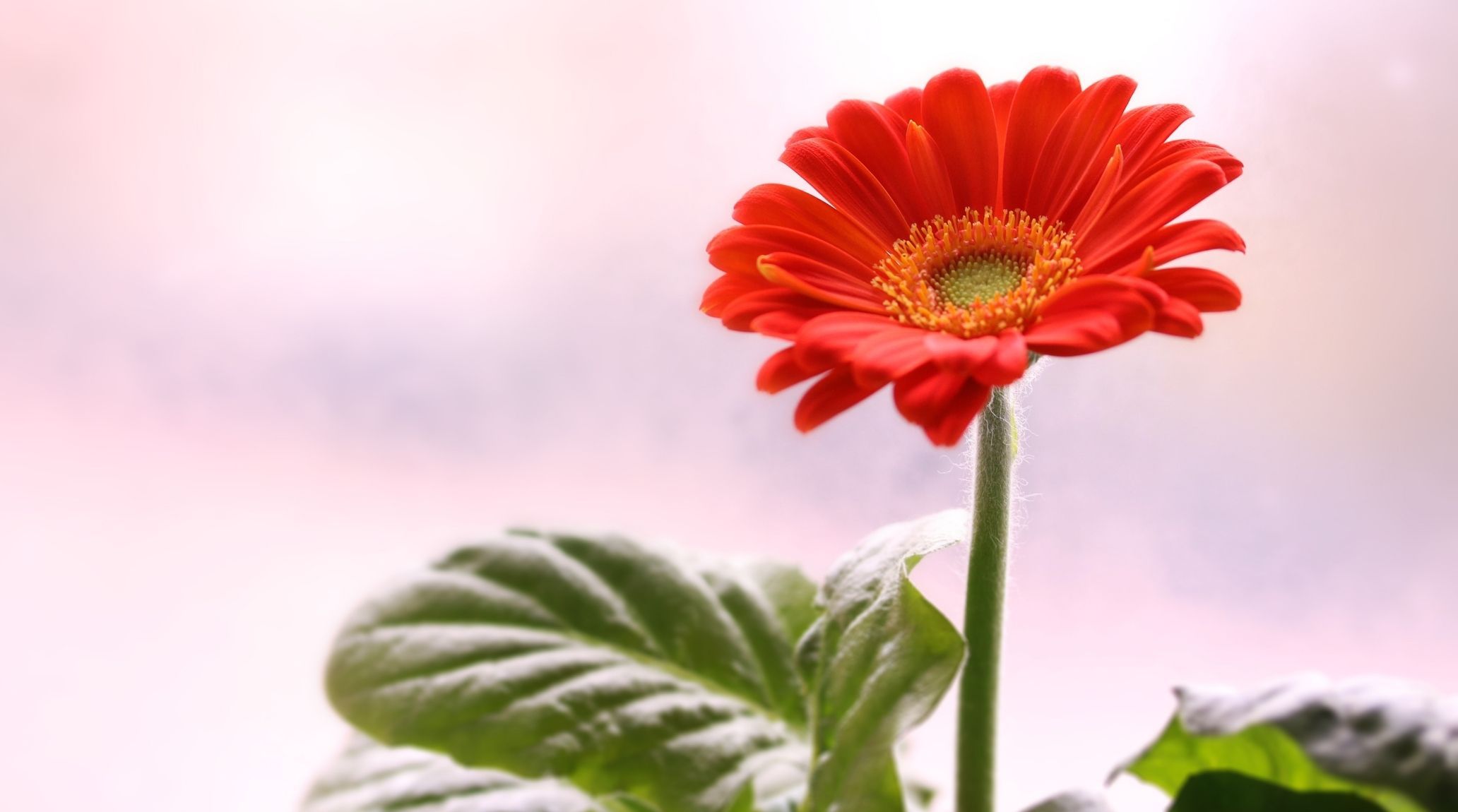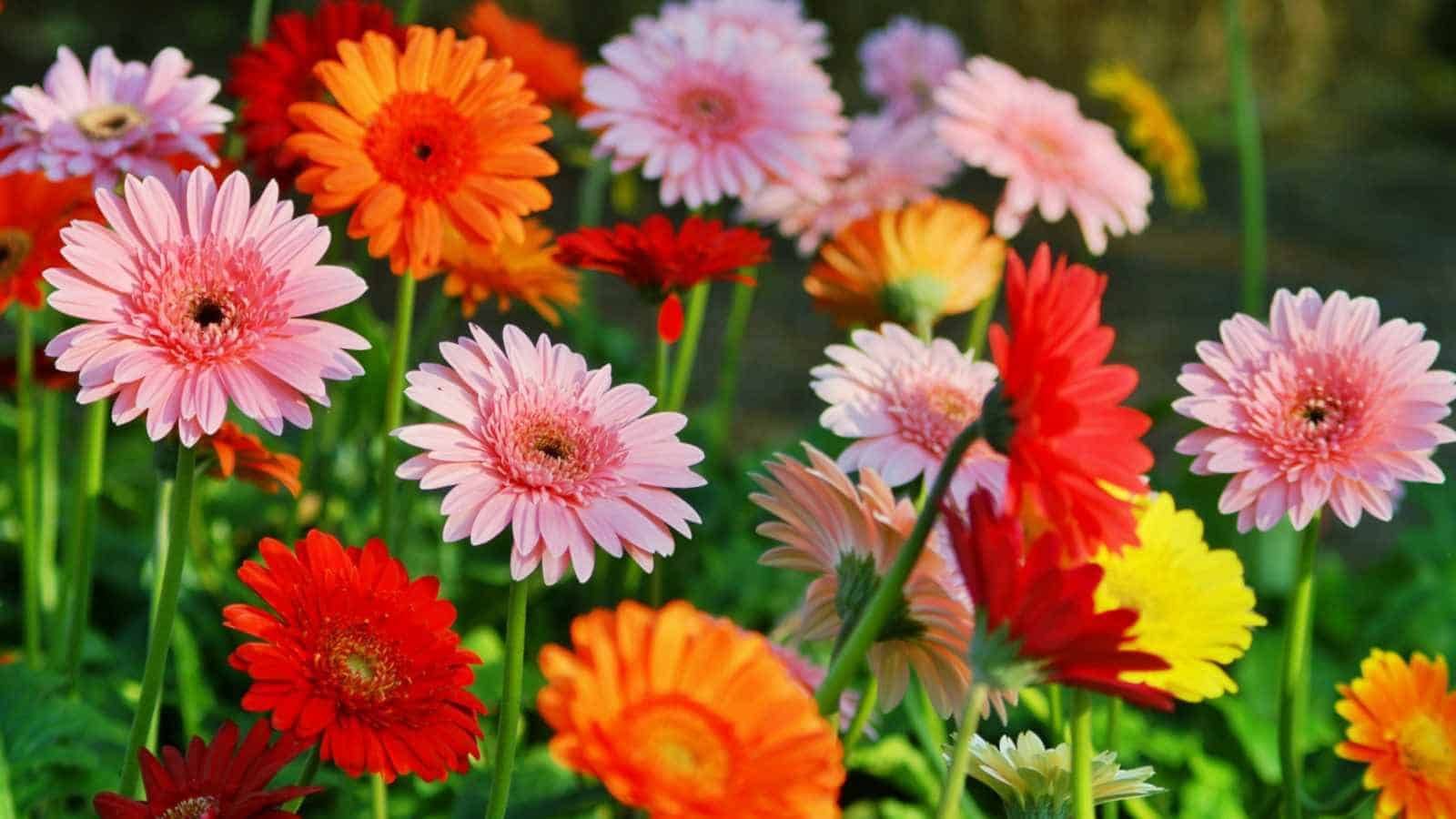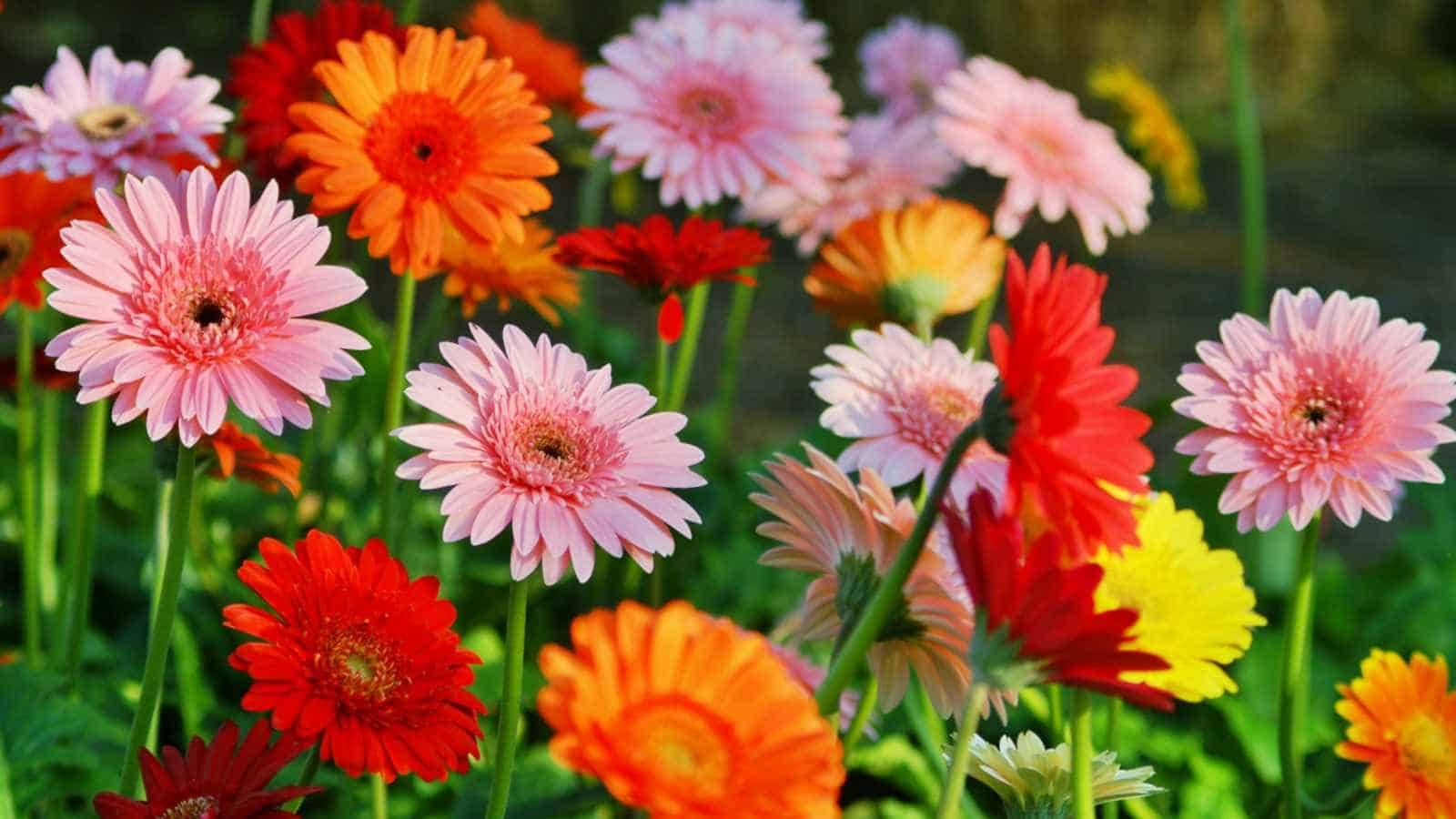
“
Gerbera daisies are more than just eye-catching blooms; they offer a fascinating blend of beauty, history, and practical benefits. In this blog, we'll delve into the many aspects of Gerbera flowers, from their historical significance and cultural impact to their surprising benefits and unique features. Discover why "Interesting Facts About Gerbera" make these vibrant flowers a beloved choice for gardeners, florists, and art enthusiasts alike. 1
1
1
1
”
Named in honor of the German botanist and physician Traugott Gerber, Gerbera daisies were scientifically classified as Gerbera jamesonii in tribute to his work in botany. This name honors his contributions to the study of plants.1

Gerbera flowers showcase a dazzling range of colors, from vibrant reds and oranges to calming pinks and purples. Their striking hues make them a popular choice for adding a splash of brightness to gardens and bouquets alike.
Gerbera flowers are used to make natural dyes, with their vibrant colors—especially reds, pinks, and oranges—being extracted from the petals. These dyes can be applied to textiles and other materials for a unique, eco-friendly color. 2
Beyond their vibrant appearance, Gerbera daisies also act as natural air purifiers. They help cleanse indoor air by removing toxins such as formaldehyde, making them not only a beautiful addition to your home but also beneficial for air quality. 3
Gerberas are non-toxic to pets, making them a safe and attractive choice for households with animals. Their presence in a home garden or floral arrangement poses no risk to dogs or cats, ensuring peace of mind for pet owners. 4
Gerberas thrive on sunlight and require at least six hours of direct sunshine each day to flourish. When planting them, ensure they receive ample exposure to the sun, as this is essential for their optimal growth and vibrant blooms. 5
While Gerberas are generally not a favorite among animals, deer and rabbits may occasionally nibble on them, especially when other food sources are scarce. However, Gerberas are not highly attractive to most garden pests. 6
Once established, Gerberas are relatively drought-tolerant, although they thrive best in well-watered soil. Proper irrigation is essential for optimal growth, ensuring these flowers remain healthy and vibrant in various garden conditions, even with occasional dry spells.7
Gerbera petals are edible and can be used to add a vibrant touch to cakes and salads. Their bright colors and delicate texture make them a unique and attractive addition to culinary presentations, enhancing both flavor and appearance. 8
Gerberas come in various sizes: mini ones with a 6-8 cm diameter, standard ones between 9.5-13 cm, and extra-large varieties reaching up to 15 cm. This range allows for diverse floral arrangements.9
If your Gerberas are drooping, try cleaning your vase thoroughly, trimming the stems, and refreshing the water. This simple maintenance can rejuvenate their appearance and extend their beauty. 10
Gerbera flowers can last up to two weeks in a vase with proper care, making them a favored choice for floral arrangements. Their long-lasting blooms add vibrant color and beauty to any setting, enhancing their appeal in bouquets. 11
Gerbera breeding programs are constantly experimenting to produce exciting new hybrids. These efforts ensure a continuous influx of unique flower shapes and colors, keeping the Gerbera trend fresh and vibrant. 12
In some traditional medicine practices, Gerbera daisies have been used in herbal remedies. Their leaves and petals were believed to have mild anti-inflammatory properties, showcasing their historical role in natural health practices. 13
Gerbera daisies typically flower from early summer through frost in cooler climates and can bloom year-round in warmer regions. Their most spectacular and vibrant blooms usually occur from fall to spring, showcasing their beauty throughout the year. 14

Gerbera flowers attract bees and butterflies, which are crucial for their pollination. These pollinators play a vital role in the reproduction of Gerberas, ensuring the continued growth and diversity of these beautiful plants.
Gerberas originally hail from South Africa but thrive in tropical and subtropical regions globally. Their adaptability to diverse climates has made them a popular choice in gardens and floral arrangements around the world. 15
Although discovered in the late 19th century, Gerbera daisies gained widespread popularity in the 20th century. Their introduction to commercial floristry and gardening marked a significant shift towards modern floral design. 16
Gerberas thrive in light and grow toward it, causing stems to bend. To keep stems straight, flowers are often stored upside down in boxes. Bent stems can be challenging for use in bouquets and floral arrangements.17
Gerbera flowers are used in perfumery for their fresh, subtle fragrance. While not as common as roses or jasmine, their essential oils add unique floral notes to perfumes, enhancing their overall scent profile.18


